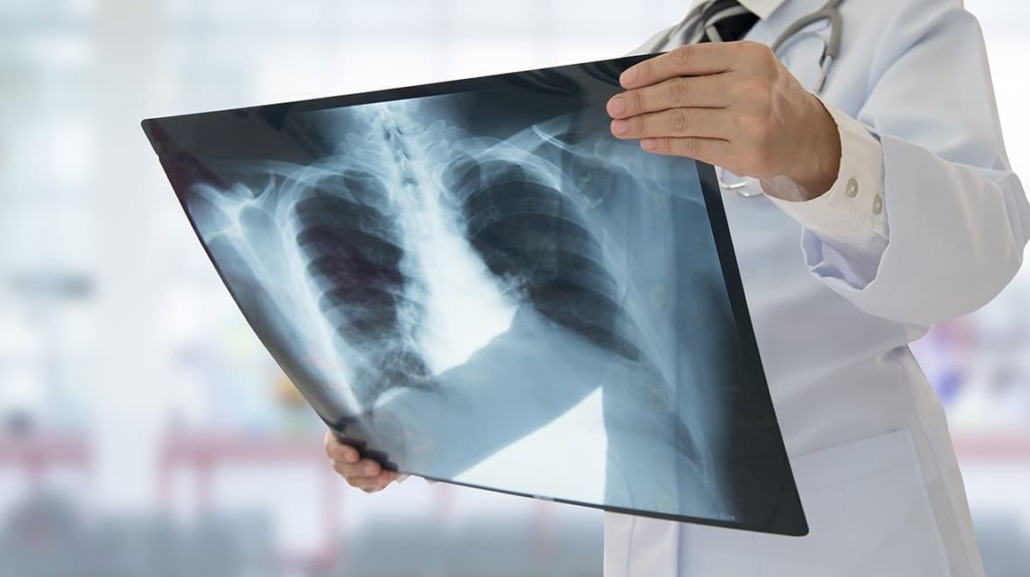- Home
- Our Services
CANCERS WE TREAT
TREATMENT OPTIONS
- About Us
About North Houston
Cancer ClinicsNorth Houston Cancer Clinics is a leading cancer center specializing in treating various types of cancers and blood disorders.Meet our specialized cancer care team
Choosing excellence, transforming cancer care together
Quality Oncology Practice Initiative (QOPI) Certification Program
Discover Our Healing Spaces: Virtual Office TourFirst day visit at North Houston Cancer Clinics
Real Stories, Inspiring Journeys, Patient Testimonies
- New patient
Becoming a patient at North Houston Clinics
Embark on your journey to health with us. Seamless, compassionate care awaits as you become a patient at North Houston Clinics.
Effortless Registration, Portal to Wellness JourneyYour Health, Your Time, Your AppointmentFrequently Asked Questions For New Patients - Blogs
- Contact Us
- Home
- Our Services
CANCERS WE TREAT
TREATMENT OPTIONS
- About Us
About North Houston
Cancer ClinicsNorth Houston Cancer Clinics is a leading cancer center specializing in treating various types of cancers and blood disorders.Meet our specialized cancer care team
Choosing excellence, transforming cancer care together
Quality Oncology Practice Initiative (QOPI) Certification Program
Discover Our Healing Spaces: Virtual Office TourFirst day visit at North Houston Cancer Clinics
Real Stories, Inspiring Journeys, Patient Testimonies
- New patient
Becoming a patient at North Houston Clinics
Embark on your journey to health with us. Seamless, compassionate care awaits as you become a patient at North Houston Clinics.
Effortless Registration, Portal to Wellness JourneyYour Health, Your Time, Your AppointmentFrequently Asked Questions For New Patients - Blogs
- Contact Us
Cancer Diagnosis with X-Rays
Cancer is a complicated condition that endangers the lives of millions of people around the globe. Early detection and the correct diagnosis are vital for effective treatment and improved results. X-ray imaging is one of the most commonly used diagnostic tools in identifying and diagnosing cancer
At North Houston Cancer Clinics

Understanding X-Rays
How X-rays Work in Diagnosing Cancer
- Screening Mammography This is an x-ray examination used to examine signs of breast cancer at its early stage by creating images of breast tissue; it is commonly called a “mammogram,” which can identify lumps not detected during physical examination.
- Bone Imaging Metastasis refers to the spread of cancer to other parts of the body, especially bones. Bone X-rays can quickly identify bone fractures, changes in bone density, or abnormal bone growth that may indicate the presence of cancers
- Chest X-raysChest X-rays help doctors discover lung cancers and other conditions like pneumonia, tuberculosis, emphysema, etc. Additionally, they reveal increased lymph nodes, which might imply cancer.
- Soft Tissue Imaging: Soft tissues include the breast, prostate, and other organs and their tissues. If a tumor is present in these tissues, it will be easily detected by performing a CT scan and soft tissue imaging. These procedures use multiple techniques to create scans through which the doctor will detect the presence of cancers.

Limitations of X-Rays in Cancer Diagnosis
- Tissue Contrast Limitation Tissue Contrast Limitation
- Ionizing Radiation X-rays use ionizing radiation that damages DNA and increases cancer risk. Repeated exposures over time may increase this risk.
- Sensitivity LimitationThere are cases where X-rays may not show small tumors or tumors in some parts of the body, like the brain or spinal cord, where bones or other structures might obstruct vision.

Advancements in X-Ray Technology
Technological advancements have enabled X-rays to be more helpful in diagnosing cancer: Computed Tomography (CT) Scanning: CT scanning combines several X-ray images to generate detailed cross-sectional images of the body. This procedure contrasts the tissues more and can pick small tumors than regular X-rays.
Dual-Energy X-Ray Absorptiometry (DEXA): DEXA is a testing technique that determines bone mass and detects osteoporosis. It can also diagnose cancer metastasis to bone.
Benefits of X-Ray
X-rays play an important role in cancer diagnosis with some advantages, including:
Early Detection: They are mainly used to detect early signs of cancer even before people start experiencing symptoms. This early detection may lead to earlier intervention and, hence, better treatment outcomes.
Visualization of Tumours: By assisting in visualizing tumors and their location within the body, x-rays assist in accurate diagnosis as well as the staging of cancers
- Monitoring ProgressX-rays help monitor tumor size or growth rates and how they respond to treatment. This allows treatment plans to be adjusted when needed.
- Guiding BiopsiesX-rays help doctors know where to place needles so that they can accurately take tissue samples from suspicious areas for definite diagnoses.
- Safety and AccessibilityX-rays have become more popular among patients due to their relatively low radiation doses compared to other imaging modalities, such as CT scans or PET scans.
- Cost-EffectivenessCompared to other expensive imaging technologies, X-ray machines are widely distributed. They are relatively affordable and practical for screening and diagnosing cancer.
